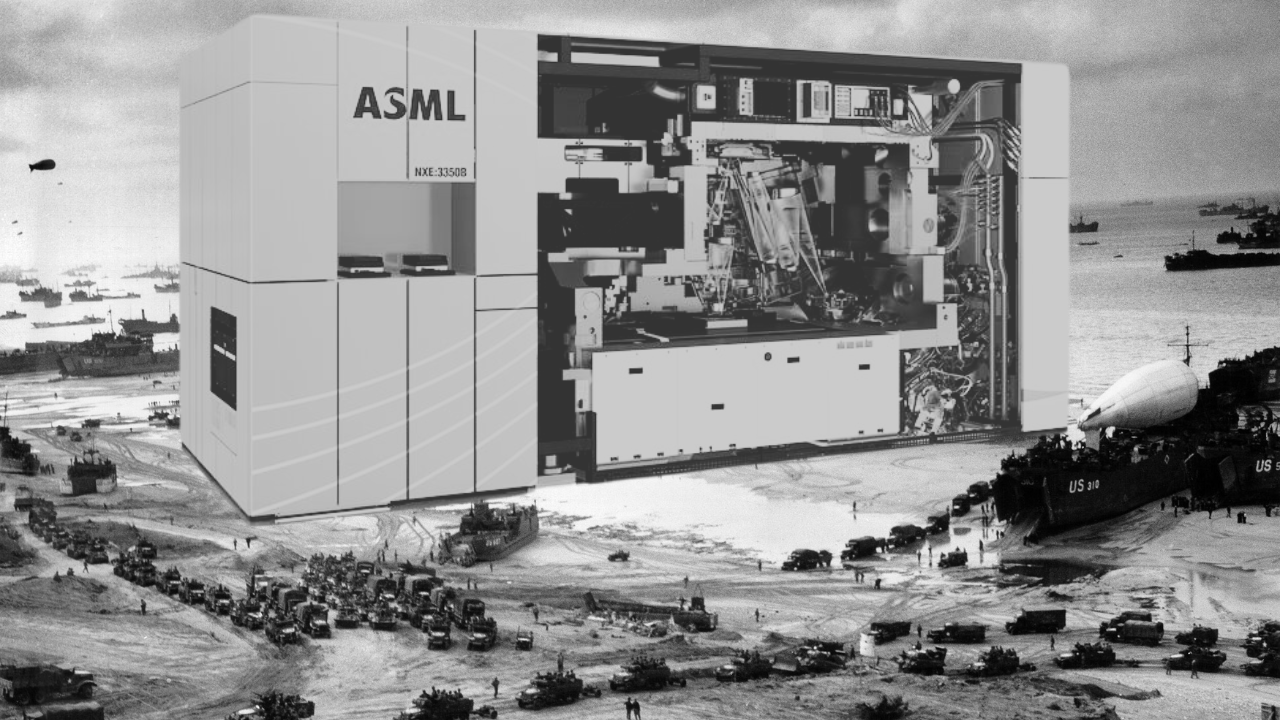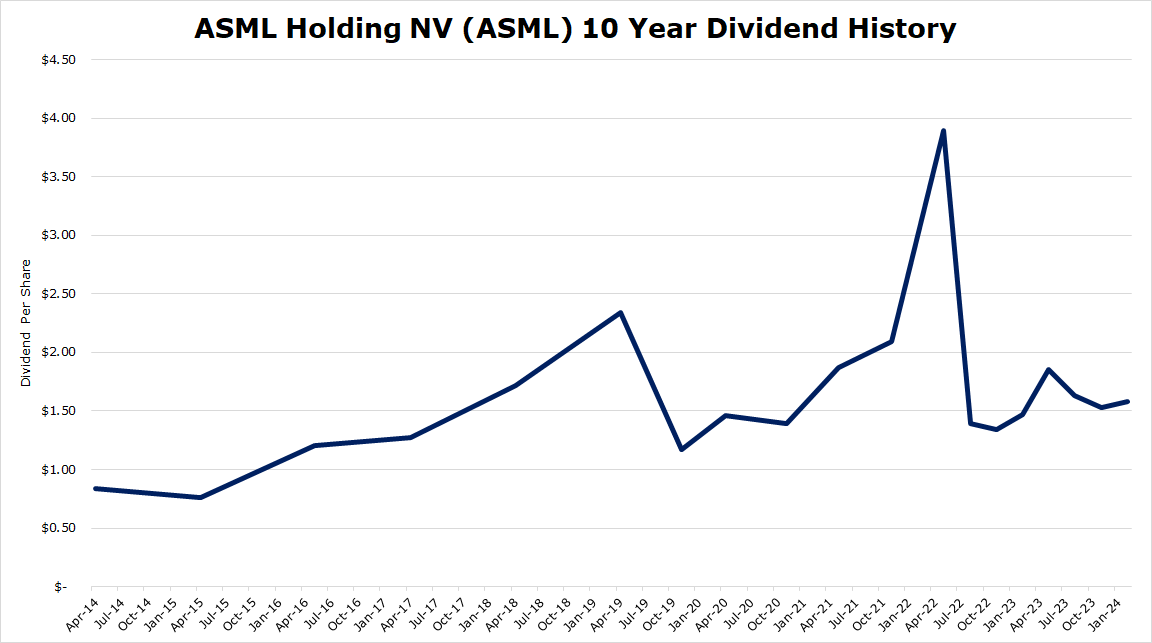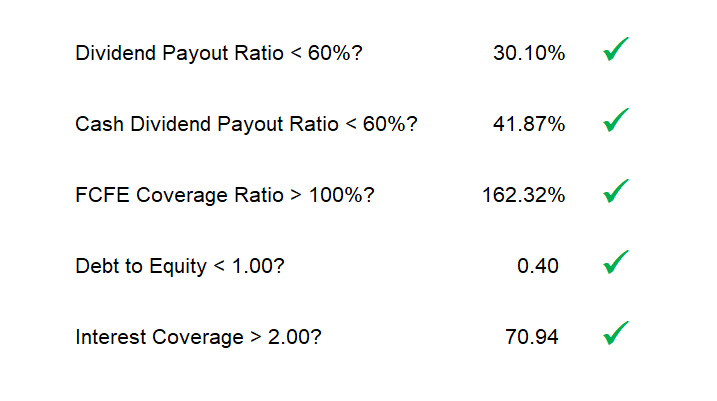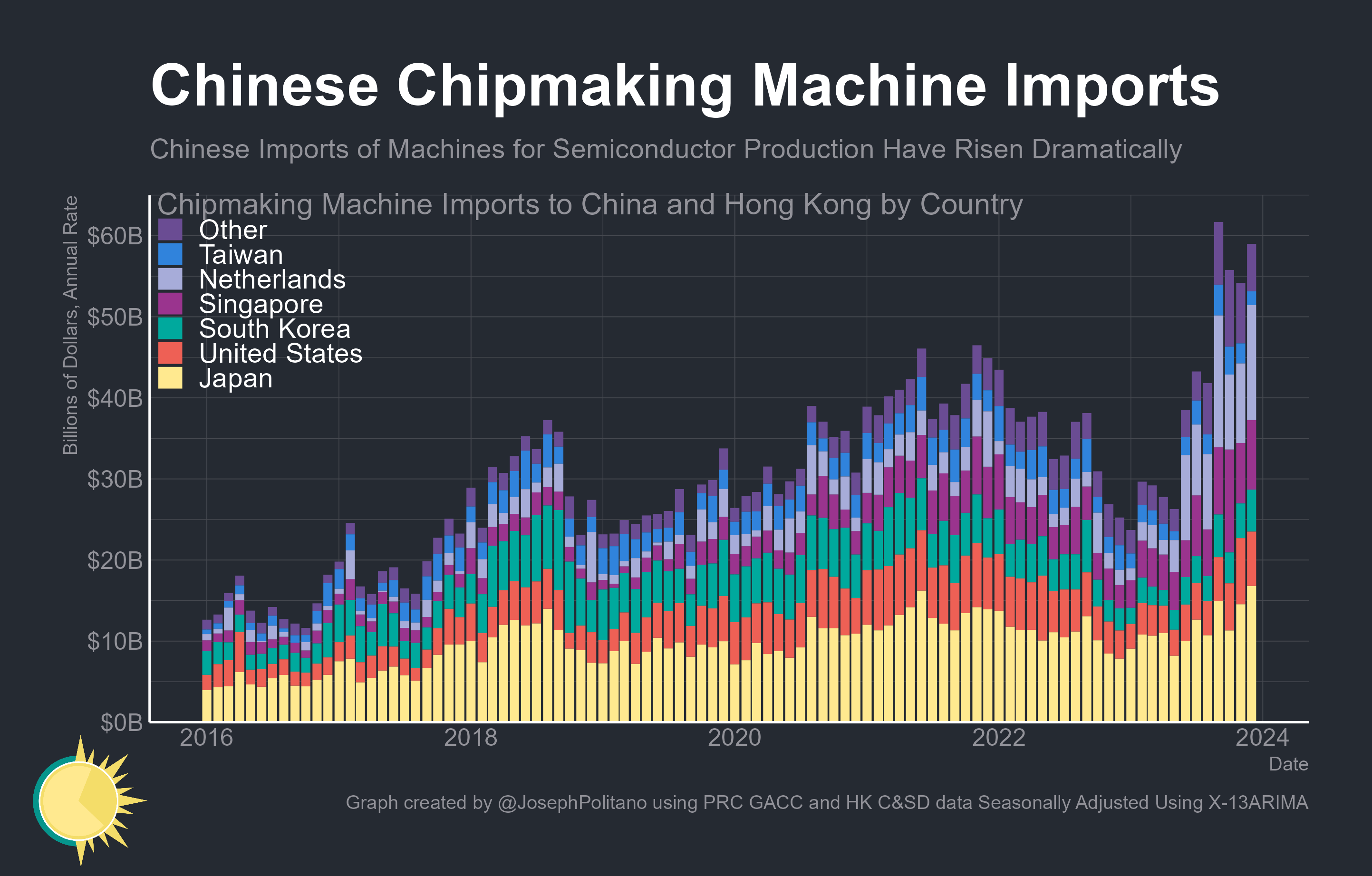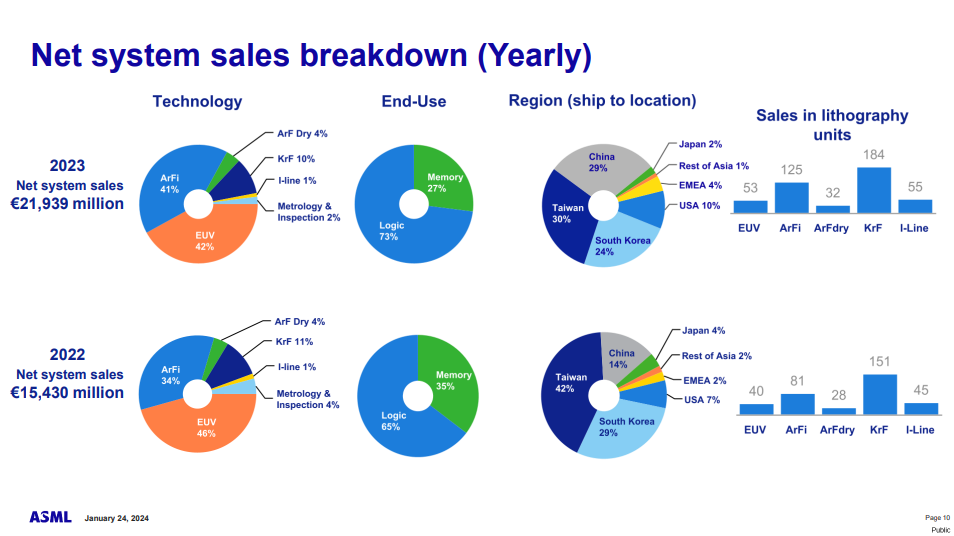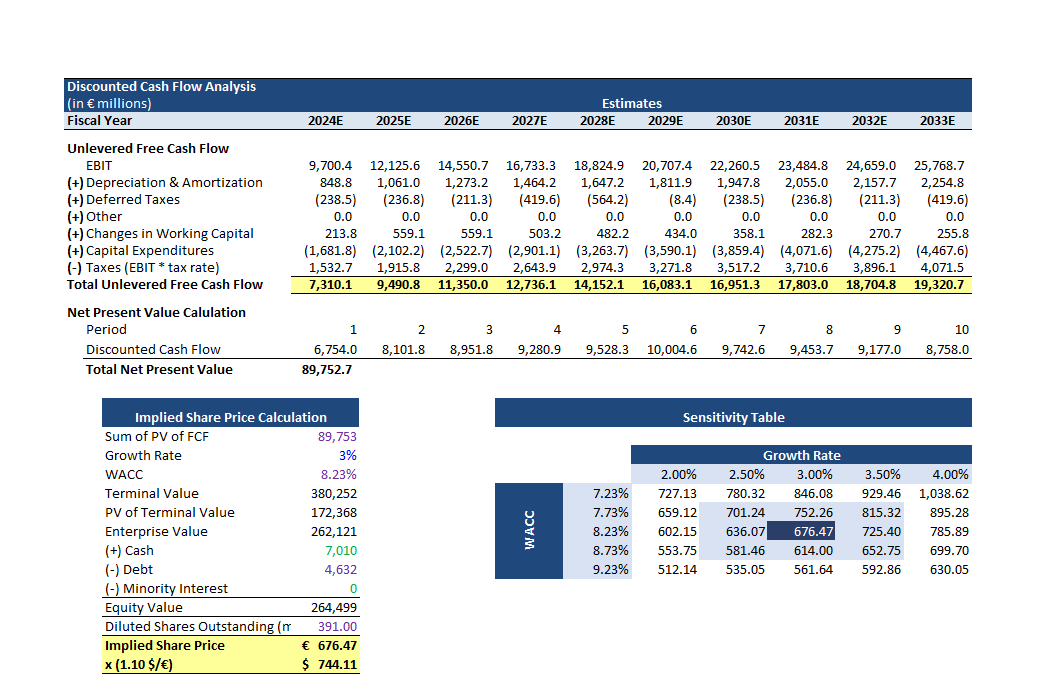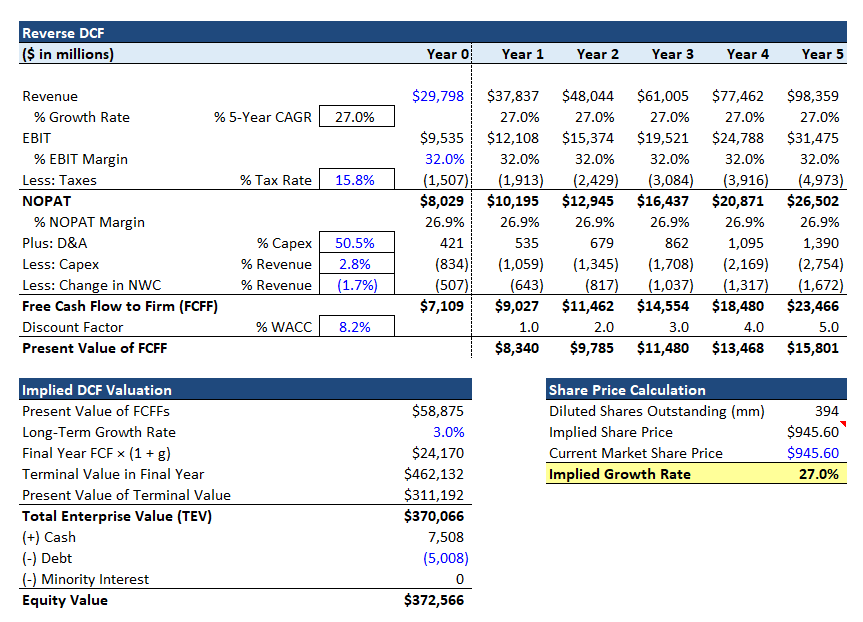One of the many unsung heroes of World War 2 was Lt. General John C.H. Lee.
Lee was in command of the U.S. Army’s Service of Supply and in charge of turning the United Kingdom into “one gigantic air base, workshop, storage depot, and mobilization camp.’’ in preparation for D-Day.
Then after D-Day, Lee had to ensure enough infrastructure and systems were put in place to feed and fuel the advancing armies.
Experience in the North African and Mediterranean areas had shown a need for six to seven hundred tons of supplies for each division per day. With thirty-six divisions eventually on the continent, the Allies needed twenty thousand tons of food, fuel, ammunition, and equipment every day.
From History on the Net.
Of course, keeping the army well supplied throughout the remainder of the war had the occasional shortages but Lt. General John C.H. Lee’s meticulous focus on efficiency, reducing waste, and keeping important supply lines safe was just as crucial to winning the war as were the battle tactics drawn up by Eisenhower, Bradley, and Patton.
General John Pershing, the commander of the American Expeditionary Force in Europe during World War I, said, "Infantry wins battles, logistics wins wars." Lt. General John C.H. Lee is a testament to that claim.
ASML plays a crucial role in the manufacturing of semiconductors. They make the only Extreme Ultraviolet Light (EUV) machine capable of manufacturing the small, powerful, and energy-efficient chips needed to run today’s smartphones, AI, and other cutting-edge technologies.
The current generation of EUV machines are already, to put it bluntly, kind of bonkers. Each one is roughly the size of a bus and costs $150 million. It contains 100,000 parts and 2 kilometers of cabling. Shipping the components requires 40 freight containers, three cargo planes, and 20 trucks.
All this heft is needed to perfectly vaporize a microscopic drop of Tin by a high-intensity laser and then direct the resulting ultraviolet light through a system of mirrors and optics to etch the design of a 5 nano-meter or smaller semiconductor chip on a silicon wafer.
It’s easy to think of ASML as a technology company but really, they’re a logistics company.
ASML only manufactures about 15% of the 100,000 components in their EUV machines. Everything else is sourced from almost 800 suppliers from around the world. Then the EUV machine is built at one of ASML’s 60 manufacturing locations and then shipped to its main Veldhoven location for final assembly and testing. Then the EUV machine is dissembled and shipped to its final destination aboard 3 cargo planes. Upon arrival ASML technicians put the EUV machine back together and fine-tune it to perfection.
Without ASML’s masterful command of its supply chain, the technological advancement of semiconductors would halt.
ASML is the Lt. General John C.H. Lee of semiconductors.
Dividend History
U.S.-based companies tend to pay an equal dividend each quarter. European companies tend to pay a consistent year-end dividend plus a fluctuating mid-year dividend that is dependent on how much excess capital is available to return to shareholders.
ASML is based in the Netherlands and until 2022 it followed the usual European model of a consistent year-end dividend plus a fluctuating mid-year dividend. The spikes you see in the chart above are caused by the large mid-year dividend payouts. The subsequent troughs are not periods of dividend cuts but periods of smaller mid-year dividends.
In 2022, ASML shifted to a quarterly dividend distribution model.
Dividend Safety
ASML passes all our items on our dividend safety checklist.
Quality Factors
Barriers to Entry
ASML’s success starts with the high barriers to entry it has created for competitors.
R&D Spend
ASML is the only supplier of EUV because it took them over 17 years to develop the technology. This is a very long capital cycle that other potential EUV lithography competitors can’t match.
ASML’s biggest competitors in lithography are Nikon and Canon. To build a competing EUV from scratch could take as much as 15 years and over $10 billion.
I estimated it’d probably take some, probably about 15 years for a company to go from scratch to an EUV machine that’s probably workable and something in the lines of 10 billion dollars.
Canon’s current capital R&D budget is $2.4 billion across four divisions and Nikon’s is around $483 million across four divisions. Raising an additional $10 billion for one division to possibly make a competing machine in 15 years, while incurring operating losses over those 15 years is as close to an insurmountable hurdle in business as it comes.
Supply Chain
ASML’s EUV machine is “the most expensive mass-produced machine tool in history” and the most technologically advanced one too. However, ASML only builds around 15% of the total machine. The rest is sourced from trusted partners that are held to exacting standards by ASML.
ASML’s strength lies in its ability to organize and focus a global supply chain on a high-stakes project.
For Frits van Houts, who took over leadership of ASML’s EUV business in 2013, the most crucial input into an EUV lithography system wasn’t any individual component, but the company’s own skill in supply chain management. ASML engineered this network of business relationships “like a machine,” van Houts explained, producing a finely tuned system of several thousand companies capable of meeting ASML’s exacting requirements. ASML itself only produced 15 percent of an EUV tool’s components, he estimated, buying the rest from other firms. This let it access the world’s most finely engineered goods, but it also required constant surveillance.
From Chip Wars.
Even if a competitor could raise the $10 billion and its stakeholders were OK with a 15-year timeline, they would either need to build each of the components in-house or somehow lure ASML suppliers away from ASML whom they’ve worked with for so long and who has generated a lot of revenue for them. ASML also likes to reward its key suppliers with large direct investments.
ASML rewarded certain suppliers with investment, like the $1 billion it paid Zeiss in 2016 to fund that company’s R&D process.
From Chip Wars
A competitor would also have to replicate the institutional supply chain knowledge base ASML has built up over the last 20 years to ensure each EUV machine ordered is built on time and meets the high output demand semiconductor manufacturers require.
Switching Costs
Industry Standard
Chip Fabs are meticulously planned, they take about 3-4 years to build, and cost around $20 billion from start to finish. ASML’s EUV and DUV lithography machines are a major factor in the design of current Fabs and account for 20-25% of a new Fab’s construction cost.
If there was a new non-ASML EUV machine and the Fabs wanted to use it, they would have to redesign the entire manufacturing process of their existing fabs. Production would halt and operating losses would rise.
Fabs are also highly standardized to increase knowledge sharing and reduce manufacturing defects. If a new non-ASML EUV machine is available and a company is also willing to redesign its fab it then would have to replace all existing EUV and DUV machines to systemize the manufacturing process across all its Fabs. The capital investment would be great and the production halt across multiple fabs would generate significant operating losses.
Installed Base
Given the intricacy of ASML’s EUV machines, it is perhaps unsurprising that operating them requires significant expertise. In some cases, a technical PhD is required, along with intensive operational training. Because using these machines is so difficult, ASML technicians typically accompany them to their destination – a transit that involves 20 trucks, 40 freight containers, and three 747 jets. The technician remains on-site for the duration of the machine’s life, addressing issues and fine-tuning performance.
From The Generalist
ASML is so intertwined with its customers that it creates a positive feedback loop.
Current customers will approach ASML first about their technology needs. ASML uses this knowledge to design and manufacture exactly what the customer needs, offering a superior customer experience. Each successful collaboration further cements the working relationship in a virtuous positive feedback cycle.
Catalysts or Secular Growth
General Semi-Conductor Demand
As more devices become “smarter” and more connected the need for semiconductors increases.
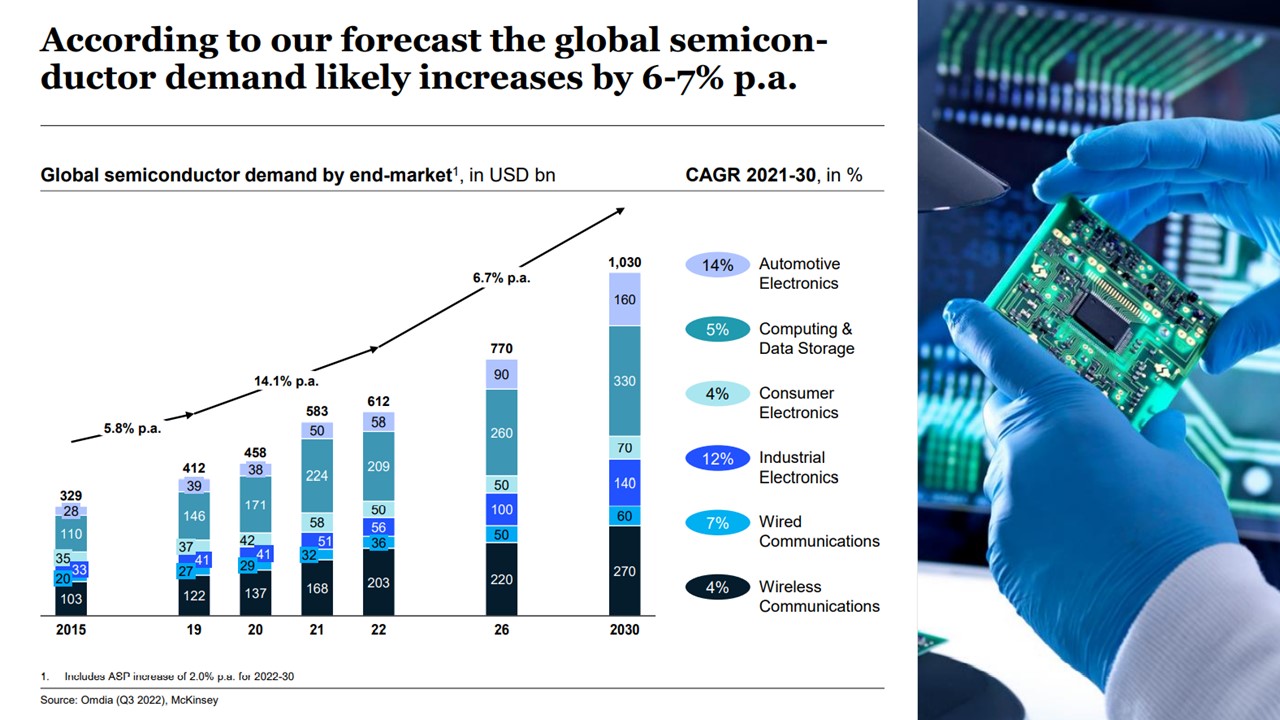
Chart from McKinsey’s Semiconductor Demand Outlook
Two of the biggest drivers of semiconductor demand are car manufacturing and cloud computing.
The average internal combustion engine car manufactured today has anywhere from 1,400-1,500 semiconductor chips in it and the average EV has over 3,000. The number is expected to increase with increased connectivity, additional autonomous driving features, and better safety features for both I.C.E cars and EVs.
Cloud computing is one of the major long-term secular growth trends driving the tech industry. Datacenters are the backbone of cloud computing and they need a lot of semiconductors for data storage, computing power, and to operate efficiently. Hyperscalers like AWS, Microsoft, and Google, are investing billions of dollars into data centers to build out their cloud computing ambitions and this is expected to continue for at least the next 5 years.
Not every semiconductor will need to be on the cutting edge to fulfill all of this demand. But some will and that demand will flow through to ASML’s EUV machines. ASML also makes lithography machines needed to manufacture chips not on the bleeding edge of technology. Overall chip demand will drive the need for these machines, increasing ASML’s installed base further, and increasing future high-margin service revenue.
AI
Artificial Intelligence runs on GPUs, not CPUs. CPUs are good for sequential tasks whereas GPUs are good for parallel processing. GPUs have many more cores than CPUs, allowing them to perform multiple calculations simultaneously, which is essential for the complex mathematical computations required in AI tasks such as deep learning and neural networks.
The most in-demand GPUs belong to Nvidia and they rely on TSMC to manufacture their chips. TSMC relies on ASML, especially its EUV machines, to mass-produce GPUs.
With the amount of capital flowing to AI, demand for GPUs and the demand for new differentiated GPUs is only going to increase and ASML will benefit.
Recurring Service Revenue
An ASML EUV lithography machine is designed to work for 30 years. But with 100,000 parts and high throughput manufacturing demands, different parts will break down at different times. Given how technologically advanced an EUV machine is you can’t call any random third-party service provider to fix it. And would you even want to?
Given the mission-critical nature of the EUV machines, you’re willing to pay top dollar to make sure the machines are consistently running as efficiently as possible. That’s why each EUV machine comes with its own embedded ASML Technician.
EUV and DUV lithography machines will also need software and hardware updates to maintain current manufacturing rates and to improve them.
Each EUV machine costs around $150-200 million and each machine is expected to generate 150% of its sales price in service revenue. DUV machines generate around 130% in service revenue over the original sale price.
The operating profit from service revenue is a higher margin than machine sales. As the only EUV machine provider, ASML has an established growing base of EUV machines that will generate significant service revenue growth over the coming years.
Risks
Supply Chain
When your most valuable product is reliant on 85% of its parts being made and shipped by third-party suppliers, you’ve greatly increased your operational risk.
A key supplier could encounter persistent quality issues or fall into financial despair.
A global disaster, political instability, or trade disputes can disrupt the timing of shipments from suppliers or block them completely.
Any disruption could lead to production slowdowns or even halt the manufacturing process. This could impact the timing of revenue, harm future machine sales, increase operating costs, and even the loss of a key supplier. It may take years before ASML finds a qualified replacement and it may take massive financial investment by ASML to replace the loss of a key supplier.
Customer Concentration
EUV Machines are expensive to buy and operate and to justify the cost a chip manufacturer must produce a large volume of semiconductor chips. Only a handful of companies produce enough chips to justify the cost of an EUV. This creates a large customer concentration risk for ASML.
Our three largest customers (based on total net sales) accounted for €5,252.8 million, or 78.6%, of accounts receivable and finance receivables at December 31, 2022.
From 2022 Annual Report.
ASML’s 3 largest customers are Taiwan Semiconductor, Intel, and Samsung. Given the general increasing demand for semiconductor chips, I don’t see any of them going away anytime soon. Given the bigger role of the semiconductor industry in geopolitics, a company like Intel could receive a “strategic” investment from the U.S. government if Intel’s finances turned dire.
Taiwan Semiconductor poses its own unique risk.
China & Taiwan
Semiconductor manufacturers that make chips for other companies are called foundries, or Fabs for short. They do not design chips they only manufacture them and Taiwan Semiconductor (TSM) is the biggest foundry. It manufactures around 60% of total global semiconductors and 90% of the most advanced ones. The majority of TSM’s semiconductor manufacturing plants are based in Taiwan and TSM is ASML’s largest customer.
China is adamant that Taiwan will be a part of mainland China again.
If China invaded Taiwan it would decimate the chip market. TSM’s fabs would either be destroyed by Chinese missiles and artillery fire, sabotaged by the Taiwanese to prevent the Chinese from obtaining any of the technology, or targeted for bombardment by U.S. forces.
It would take years to replace the lost manufacturing capacity and ASML would lose its biggest customer.
One might think this might be a silver lining for ASML as new lithography machines would need to be ordered to replace the lost machines from a Chinese invasion, but ASML loses the current service revenue and any ongoing replacement machine orders. It would also take a long time to replace the lost foundries. According to Intel, building a foundry takes at least 3 years and that is after securing the right location and clearing all zoning regulations.
Yes, governments like the U.S. would plow tens of billions of dollars to replace the lost manufacturing capacity and help cut through the red tape. It could also spur innovations that the private sector couldn't have previously funded. But it takes a long time. When you push future revenue and cash flow further out, the present value of your current investment must drop to compensate.
The U.S. & China
Semiconductors are an important resource and access to semiconductors and their manufacturing equipment is becoming an important geopolitical tool.
The U.S. has already passed legislation limiting China’s access to certain semiconductors and chip-making equipment like lithography machines. More semiconductor trade restrictions will likely be implemented. China certainly thinks so and has been aggressively buying as many semiconductor manufacturing tools as possible.
EUV machines have never been available for sale in China but ASML makes other machines and China accounted for 29% of total sales in 2023.
If future trade restrictions do happen and they’re more restrictive than current ones, then ASML could lose a significant revenue source.
Valuation
The highest per-share value I can get for ASML from a DCF with what we think are reasonable assumptions is $744 per share.
At a current share price of $945, ASML is overvalued, right?
Our DCF model is based on our assumptions and our assumptions could be wrong. We could be drastically underestimating the amount of capital investment flowing into chip manufacturing and subsequently ASML’s growth over the next few years.
As mentioned above, Meta, Microsoft, Google, and Amazon/AWS are spending tens of billions of dollars to upgrade their servers and build out their AI initiatives. Intel announced they want to be the number 2 chip foundry by 2030. The U.S. passed its $280 billion CHIPs ACT and now Japan is planning their own.
In a move aimed at reinvigorating its semiconductor sector and safeguarding its economy against escalating US-China tensions, Japan is embarking on a multi-billion-dollar endeavour [sic] spearheaded by Prime Minister Fumio Kishida. The ambitious 4 trillion Yen or $27 billion investment aims not only to revive Japan’s chip-making capabilities but also to reorient its economy towards a positive growth trajectory, as envisioned by the government and central bank. In total, Japan will be investing over $67 billion in various semiconductor and other silicon chip ventures. [emphasis added]
Keeping our EBIT margin expectations the same, we can do a simple reverse discounted cash flow to determine what growth rate the market is expecting for ASML over the next 5 years.
27% growth over the next 5 years is a lofty expectation. Given the hype around Nvidia, AI, a semiconductor super cycle, and how ASML benefits from all three, we understand why expectations have been pushed up so high. But in the short-run, expectations may have exceeded feasible growth rates.
Disclaimer
American Money Management, LLC (AMM) is a SEC registered investment advisor who serves as a portfolio manager to private accounts. AMM partners, associates, employees and clients of the firm may buy or sell investments mentioned without prior notice. This report should not be considered investment advice and is for educational purposes only. The opinions expressed do not constitute a recommendation to buy or sell securities. Investing involves risks, and you should consult your own investment advisor, attorney, or accountant before investing in anything. Current stock quotes are obtained at Yahoo! Finance. Prices are as of the close of the market on the date for which the price is referenced.


